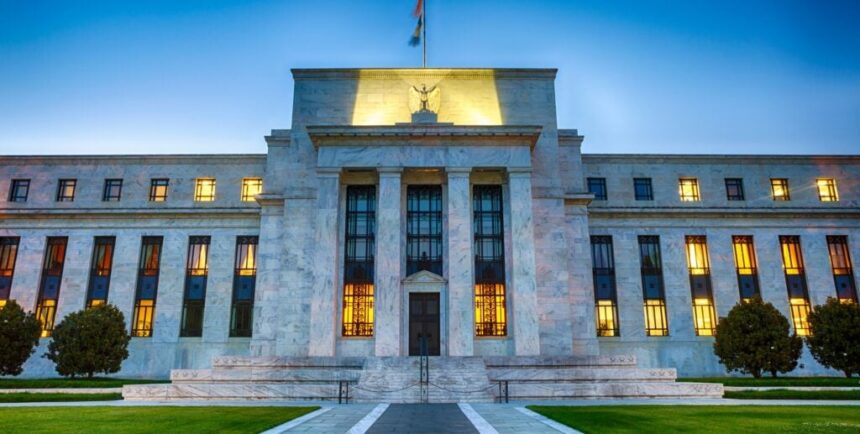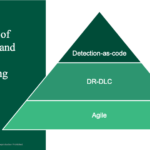The big news to come out of last week’s Federal Open Market Committee meeting was the group’s choice to forgo another rate hike.
Previously, the central bank had increased interest rates at every meeting since March 2022 (with 10 rate hikes in total). The June decision marks the Fed’s first rate pause in over a year.
Fed. Chair Jerome Powell revealed as much in his post-meeting briefing with reporters. He also delved into key real estate topics—including the impacts of a potential commercial real estate crash and a housing market “bottom.”
Here are the takeaways:
Commercial Real Estate
Powell and Co. are apparently taking a possible crash in CRE “very seriously”—and particularly, the potential impact that could have on the banking industry.
The problem, he says, comes down to the large share of commercial property-backed loans that smaller and more regional banks hold. If CRE owners default on their loans thanks to waning office space demand (vacancies now sit at 13%, according to CoStar), banks with heavy CRE holdings feel the burn. In fact, at Signature Bank—which went under back in March, 45% of its loan portfolio was CRE-backed.
Should demand for office space continue to weaken, it could lead to more closures in the small bank world. Beyond that sector, though, Powell doesn’t expect a CRE downtrend to have a large systemic impact.
“We do expect that there will be losses,” Powell said. “There will be banks that have concentrations, and those banks will experience larger losses.”
Powell says the Fed is monitoring the situation closely and will factor CRE performance into its future rate decisions. Currently, though, it seems the potential damage is contained.
“It feels like something that will be around for some time, as opposed to something that will suddenly hit and work its way to systemic risk,” Powell said.
A Housing Market “Bottom”
Powell also touched on the housing market in his comments, nodding specifically to just how “interest sensitive” the industry is—and how that might impact the market moving forward.
While the Fed’s rate hikes don’t directly impact long-term mortgage rates, they do tend to move in a similar direction. And since the Fed began increasing its rate last March, 30-year mortgage rates have climbed from 3.89% to the 6.7% they sit at today, according to Freddie Mac.
“Activity in the housing sector remains weak, largely reflecting higher mortgage rates,” Powell said. “It’s the first place, really, or one of the first places, that’s either helped by lower rates or is held back by higher rates. And we certainly saw that over the course of the last year.”
He’s right. Demand retreated on the backs of higher mortgage rates, and sales and prices both fell steadily for months. That seemed to turn the corner early this year, though, when prices began climbing—albeit only slightly—according to the Case-Shiller Index.
Powell says this might be a sign that we’ve hit—and already started to recover from—the market’s bottom. Will it be a fast recovery, though? Likely not, at least until mortgage rates turn around.
“We now see housing putting in a bottom and maybe moving up a little bit,” he said. “I do think we’ll see rents and house prices filtering into housing services inflation, and I don’t see them coming up quickly. I see them wandering around at a low level.”
Looking ahead
This month’s Fed meeting shouldn’t be taken as a sign that the bank is done raising rates. While its moves have brought inflation down slightly, we’re still not at the 2% level the Fed’s looking for. And per the FOMC’s newest projection materials, the majority of FOMC members expect at least two more 25-point rate hikes this year.
The Fed will meet four more times this year: July, September, October, and December. The CME Group’s FedWatch Tool currently has the chance of another rate bump at 74% for its July 25-26 meeting.
Get the Best Funding
Quickly find and compare investor-friendly lenders who specialize in your unique investing strategy. It’s fast, free, and easier than ever!
Note By BiggerPockets: These are opinions written by the author and do not necessarily represent the opinions of BiggerPockets.









